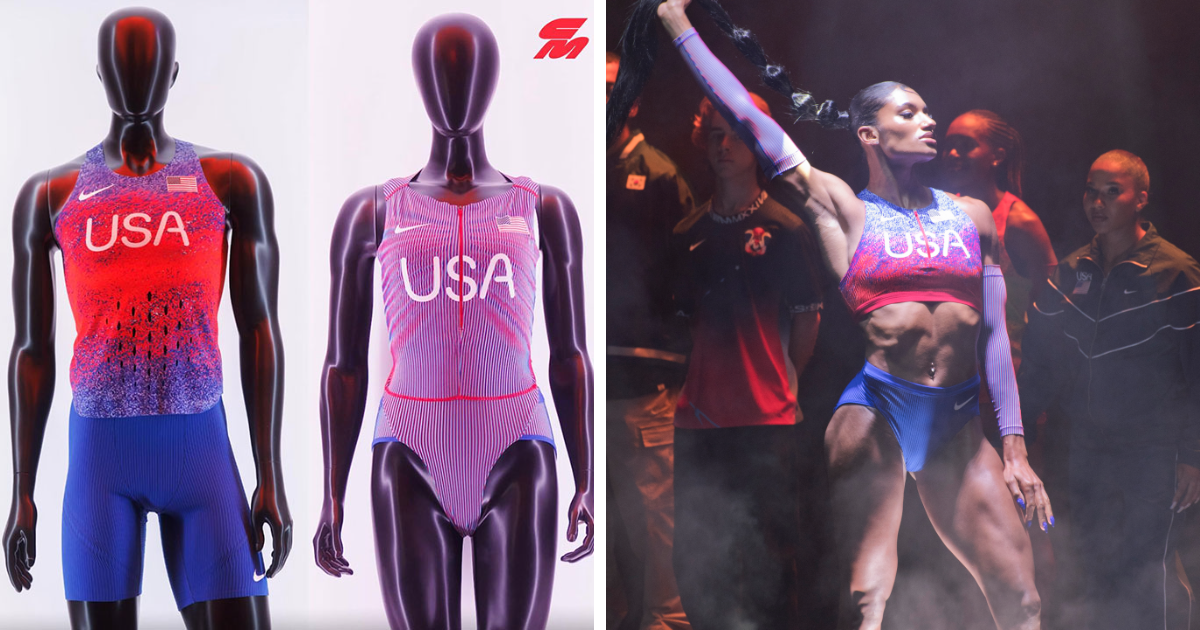Beyond the Finish Line: The Evolution and Impact of Women's Olympic Track and Field Uniforms
The Olympic Games have always been a stage where athletic prowess meets national pride. While the focus remains on the athletes' dedication and skill, their uniforms often spark conversations about cultural norms, performance enhancement, and gender equality. This is particularly true for women's track and field uniforms, which have undergone a dramatic transformation over the decades, reflecting changing societal views and technological advancements.
In the early 20th century, when women's participation in the Olympics was still a novelty, their attire was a far cry from the high-tech, body-hugging outfits we see today. Modesty was paramount, with women often competing in long skirts and blouses that hindered their movement. These early uniforms highlight the societal constraints placed upon female athletes, emphasizing societal expectations over athletic performance.
As women fought for their rightful place in sports, their uniforms gradually became more practical. Shorter hemlines and lighter fabrics allowed for greater freedom of movement, reflecting a growing understanding of the demands of track and field events. The introduction of synthetic materials like nylon and spandex in the latter half of the century revolutionized sportswear, leading to more form-fitting and aerodynamic designs that minimized drag and maximized athletes' performance potential.
However, the evolution of women's track and field uniforms has not been without its controversies. The increasing emphasis on tighter, more revealing outfits has sparked debates about the sexualization of female athletes, with some arguing that it detracts from their athletic achievements. Others contend that these modern designs are purely functional, allowing athletes to compete at their best while feeling comfortable and confident.
This debate highlights a crucial aspect of women's athletic wear: the balance between functionality, comfort, and cultural sensitivity. While some athletes embrace the empowering nature of modern, body-conscious uniforms, others prioritize feeling comfortable and respecting their personal preferences. This diversity of perspectives underscores the importance of inclusivity and choice in the design and regulation of women's track and field uniforms.
The International Olympic Committee (IOC) plays a significant role in regulating uniform guidelines for all athletes, aiming to ensure fairness, safety, and cultural sensitivity. These guidelines address aspects like logo size, fabric composition, and the overall modesty of the attire. While the IOC strives to strike a balance between these factors, ongoing discussions and potential adjustments to these guidelines reflect the evolving nature of athletic wear and societal expectations.
The story of women's track and field uniforms is a testament to the evolving role of women in sports and society. From restrictive garments to sleek, performance-enhancing gear, these uniforms have come to symbolize not just athleticism but also the ongoing pursuit of equality and self-expression. As technology advances and societal views continue to shift, we can expect further innovation and debate surrounding the attire of these incredible athletes. One thing remains certain: the focus should always be on celebrating the dedication, skill, and sportsmanship of these women who inspire us all.
Mastering formal letter writing in malay contoh surat rasmi dalam bahasa english
Tattoos for moms of 5 meaningful ways to honor your crew
Unleash creativity with football coloring books














